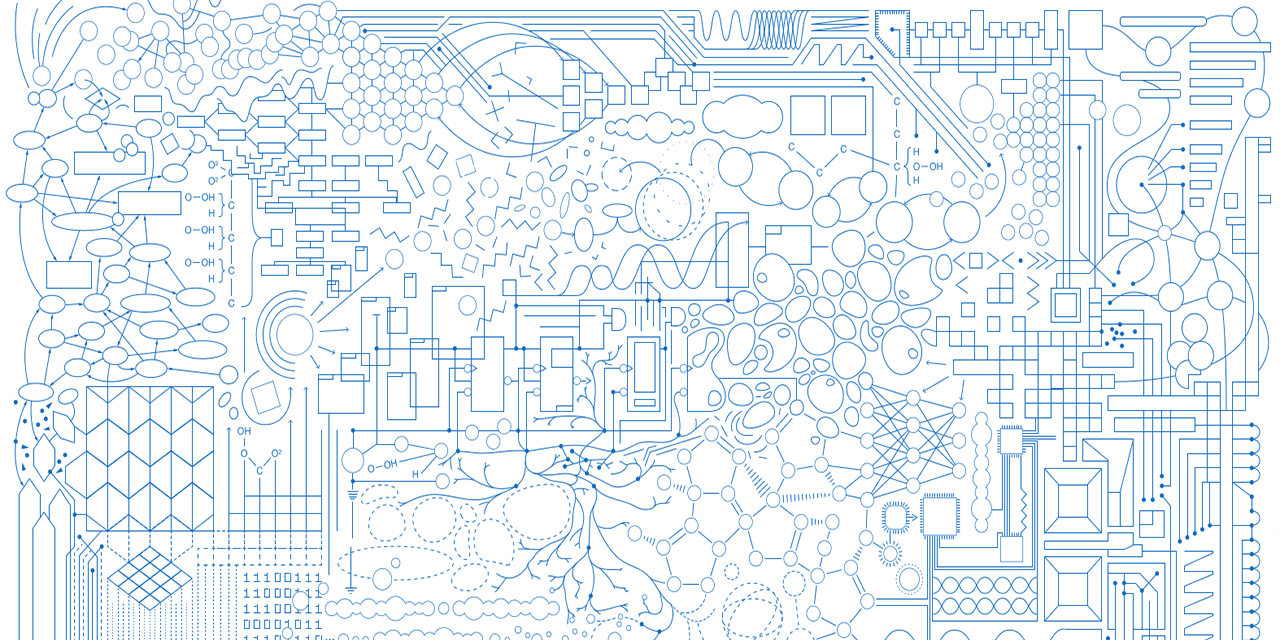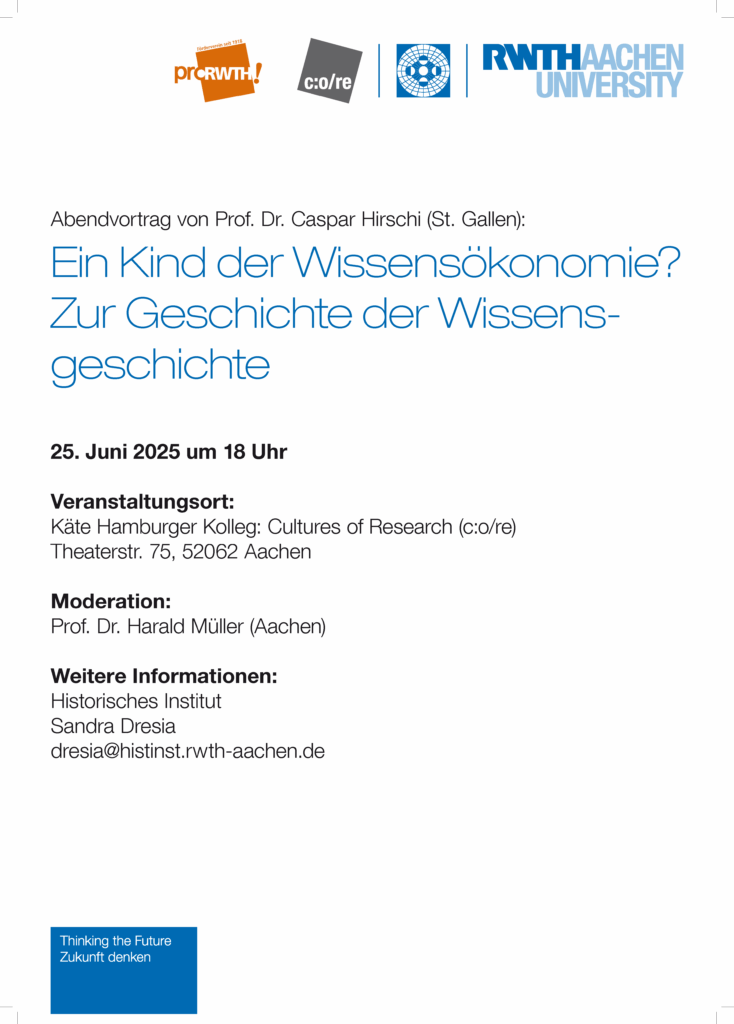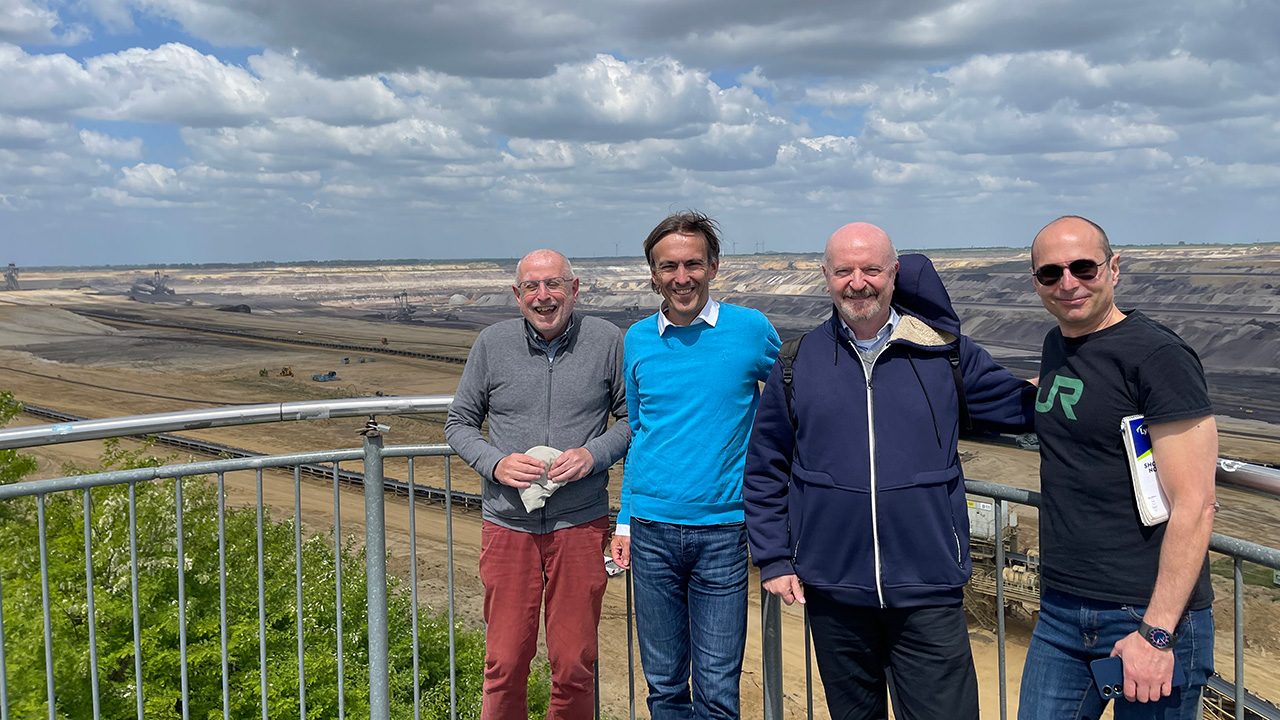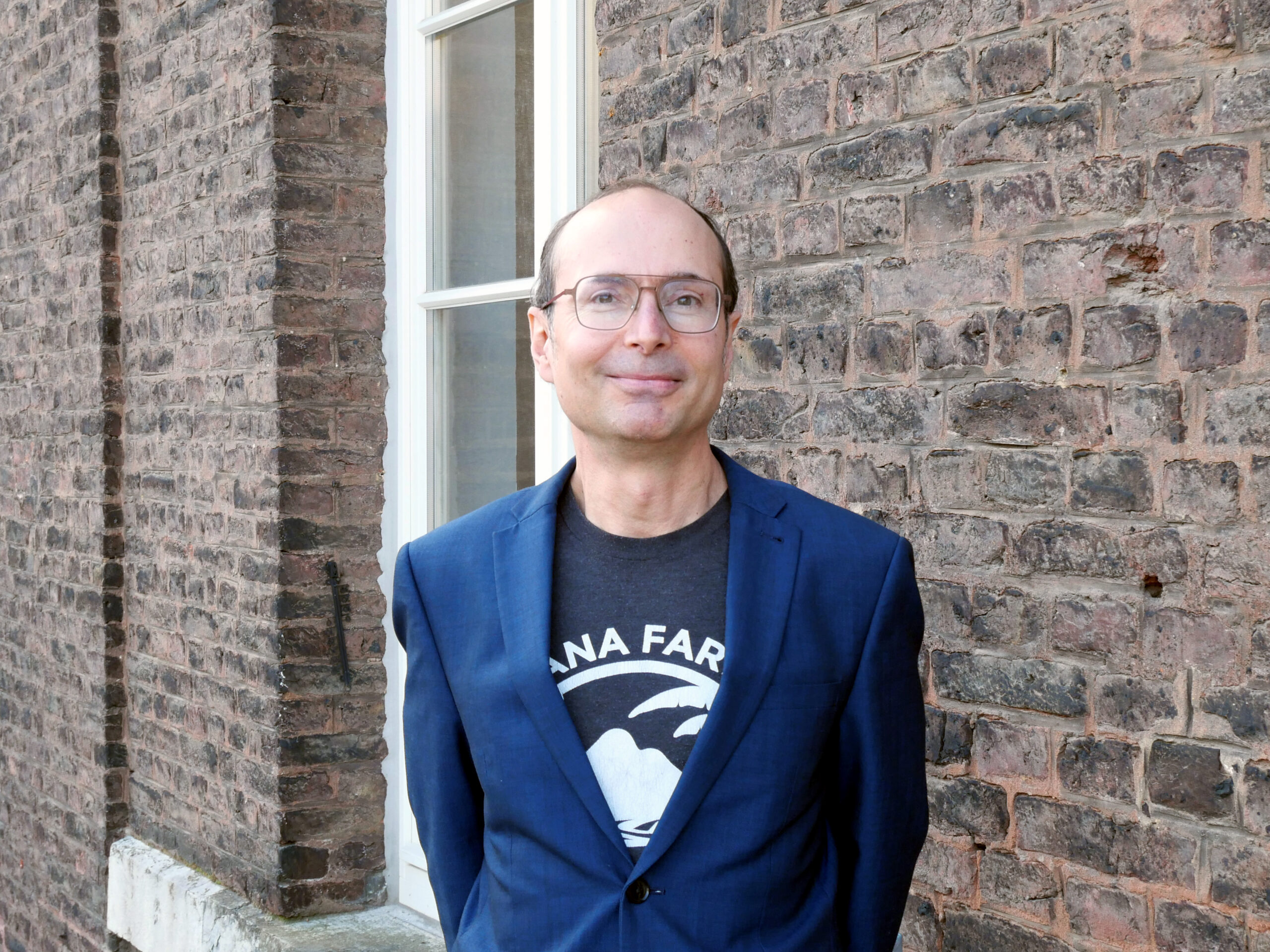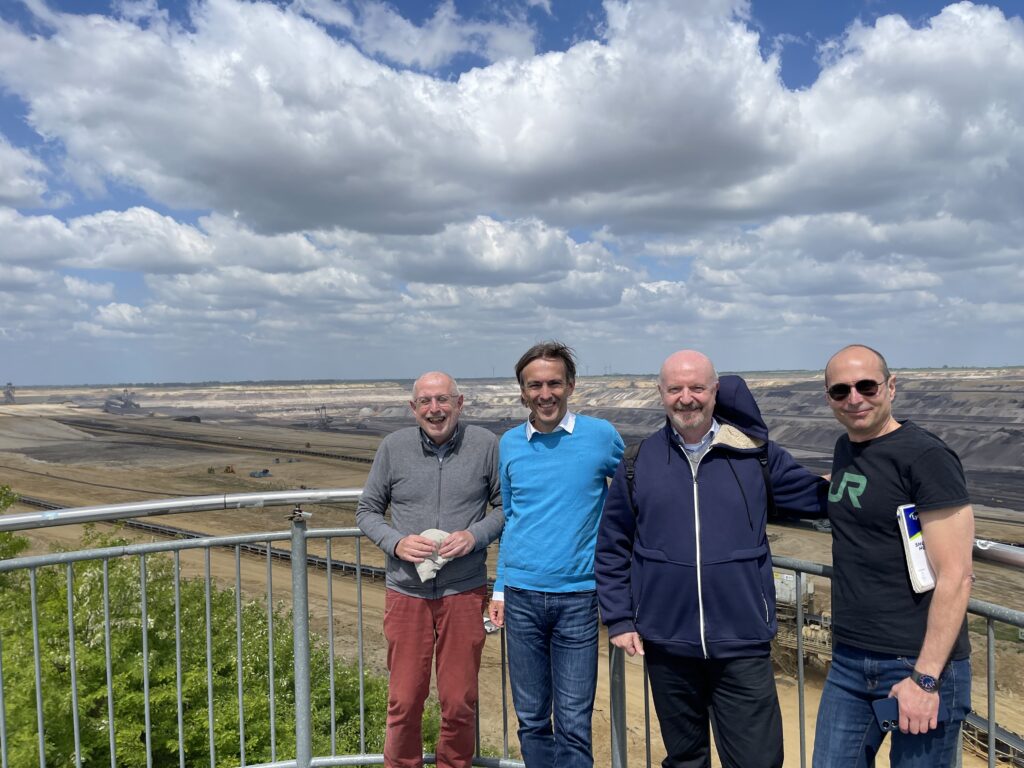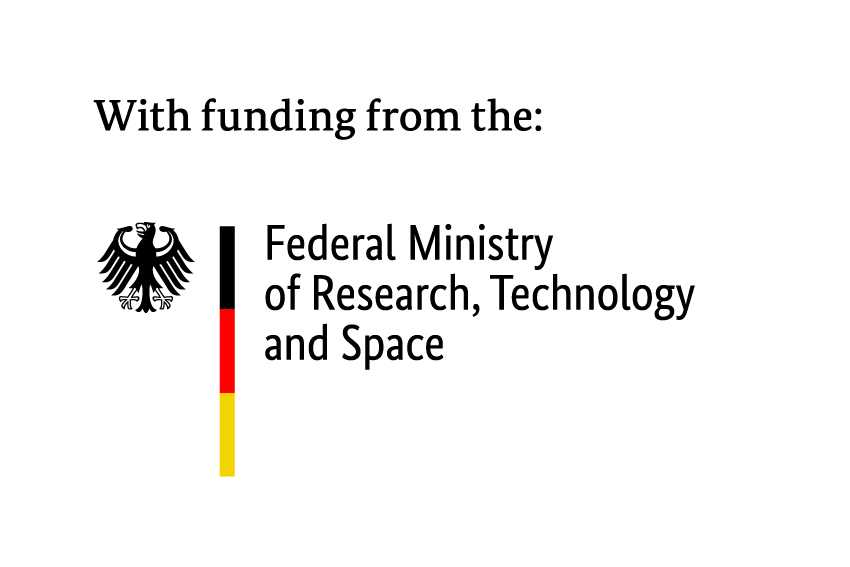The Artwork Is the Network
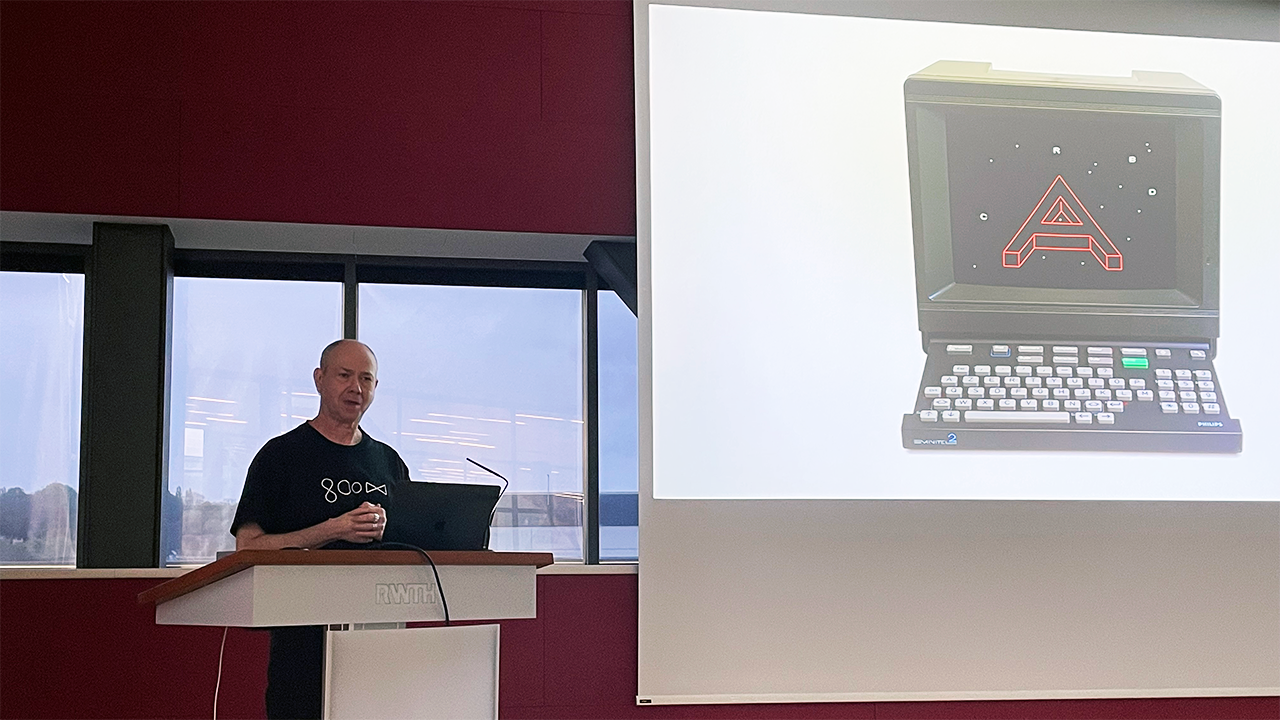
ARIANNA BORRELLI
The workshop “After Networks: Reframing Scale, Reimagining Connections”, organized by c:o/re Fellow Nathalia Lavigne, took as its starting point the increasing critiques to digital platforms as monopolizing and shaping networking according to economic interests, and so leading to a crisis of social interactions.
A key question at the meeting was whether and how artistic activities can help (re)imagine connections beyond digital social media, and artist Eduardo Kac was invited to present and reflect his work in this perspective. Given the critical stance of the workshop towards new technologies, Kac could at first appear as a strange choice, since his artworks, while of extremely diverse nature, all made use of what were at the time cutting-edge technologies, from early computer networks to space travel. Can we use technology to reach beyond Big-Tech-dominated networks? Let us seek the answer in Kac’s works as he presented them at the c:o/re event.
Eduardo Kac created his first artworks in Brazil in the early 1980s by manipulating the pixels on a computer screen, and had to work hard to have the results accepted as an art piece for an exhibit. Later, he artistically explored one of the first computer network: the French Minitel. In the 1980s, the French government had decided to kick-start one of the first forms of a nation-wide digital information network. Minitels were not personal computers, but videotex terminals with screen and keyboard: they could be loaned for free from the Post offices, plugged into the telephone network and so enabled to send or request information, access bulletin boards, book tickets, buy products – or view four works by Kac.
At the event, the artist showed us on a large screen an example of what the users would have seen on their Minitel viewer. In the work “Reabracadabra” (1985) colored lines slowly drew themselves from top down on the screen, and eventually became recognizable as the letter A, surrounded by small letters forming the word abracadabra. Even though Kac had shown us before a picture of the finished image, seeing it slowly emerge from the dark screen with a simple, but fluid motion was somehow surprising, as the effect was quite different form today’s digital imaging. Like all information received through the Minitel, the artwork could not be stored locally, and disappeared when the screen was cleared. In other words, the art existed in the connection, and only as long as the connection itself was there. Indeed, the original artworks disappeared for good when the French government finally switched off the Minitel network, but Kac had already been active to recover and reconstruct them, and so they could be displayed on original Minitel terminals at the exhibition “Electric Dreams. Art and Technology Before the Internet” (Tate Modern, London 28/11/24-1/6/25). Thus, the work also explores questions of the limits of archiving digital artworks, and lets us wonder how far a recreated network can support the “same” artwork.
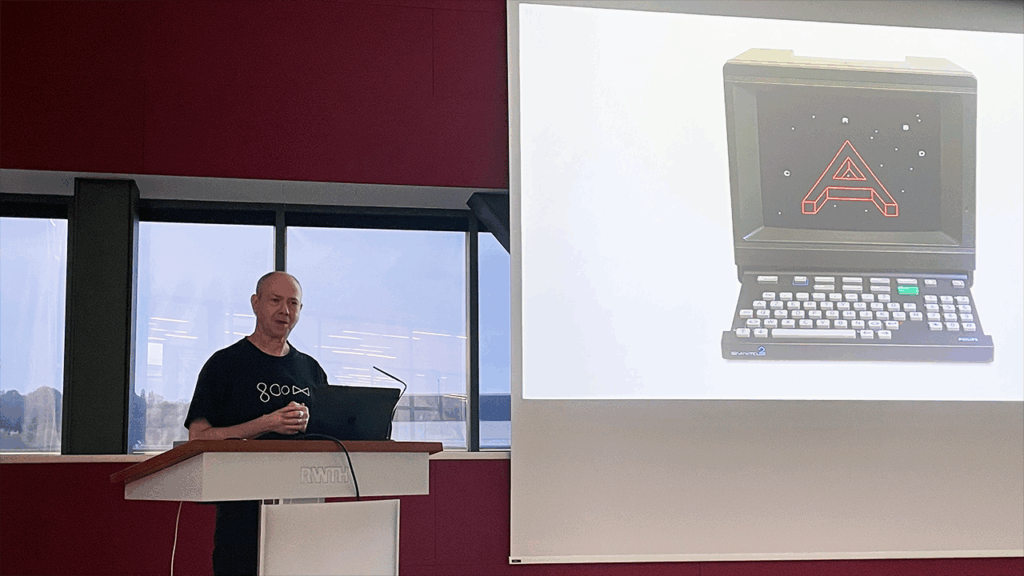
During the 1990s, the internet became a global phenomenon, but in the meantime Kac had become active in another technological outreach: biotechnologies. Other than the Minitel artworks, Kac’s creations in this field are quite well-known, especially the GFP Bunny (2000), a genetically engineered rabbit which glows in the dark. Its presentation gave rise to broad and intense media reactions which surprised its author and prompted him to embed them in new artworks. Kac pointed out that the pop-culture reaction to his work gave him the opportunity of opening a communication channel, where he would send implicit messages to companies, television shows and other agents quoting his work. This communication channel was a way to create networks via implicit messages, where the media is the globality of media and the artwork becomes the medium enabling communication. Kac also presented another example of art involving non-human life forms: “Essay Concerning Human Understanding” (1994), in which a bird and a plant are enabled to communicate in a bio-technological environment and so generate art for each other. Here, technology and human actors become a network for the creation and consumption of art on the part of non-human creatures.
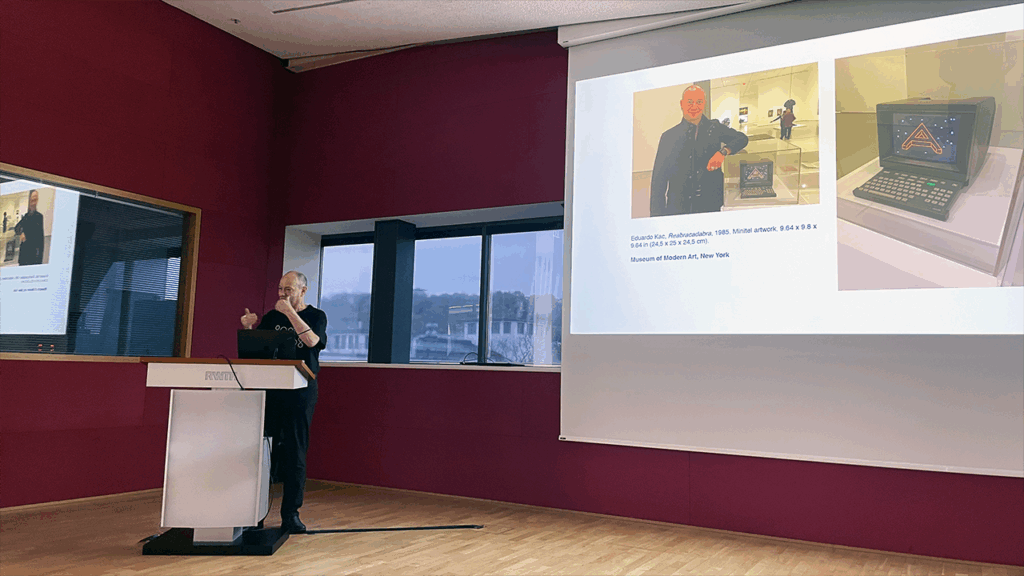
The final works Kac discussed at the workshop turned to yet another cutting-edge technology: space travel. With the cooperation of NASA since the early Noughties, Kac placed artworks in space, and one of them, a cubic, laser-engraved glass sculpture named “Adsum”, lies today in the Mare Crisium, a crater on the Moon’s face always visible from Earth. Yet these are “only” earthly artworks placed in space: the next creation Kac showed us in his presentation was an artwork produced in space to be consumed in space. “Inner Telescope“ is a technologically minimal creation made out of two standard sheet of paper by using only the bare hands and a pair of scissors. The hands were not those of the artist, though, but of French astronaut Thomas Pesquet who, following Kac’s instructions, produced the artwork during his stay in the International Space Station (ISS) in 2017. Looking like an M pierced by a tube, the work on Earth would only clumsily and formlessly slump onto a surface, but under zero gravity it floats lightly against the backdrop of the earthly blue marble: the first native outer space artwork. Who is the artist here: Kac, the astronaut, the zero gravity environment – or maybe NASA? Clearly, this question makes little sense, as the work highlights what was already implicit in the previous ones, namely the number factors and actors which combine to produce a work of art, blurring the distinction between creators and consumers, and letting them all appear as nodes in a live artistic network. Kac’s creative impulse takes the role of an enabler, setting up a bio-physical-technological network and artwork.
Let us now go back to the initial question: Can we use technology to reach beyond Big-Tech-dominated networks? Kac’s works show that this may be possible by highlighting how artworks, however technologically based, are never made out of technology, but of the situated entities communicating through it, be they humans on earth or space, animals or plants, or paper floating in space. In a similar way, we might go beyond today’s social networks not by rejecting them, but by becoming aware that their digital technology does not constitute a new, magical network for us to live in, but is only an additional factor enabling life forms in the universe to live out their inner potential for connection. We are the network, if we so imagine ourselves.
Get to know our Fellows: Daniela Wentz
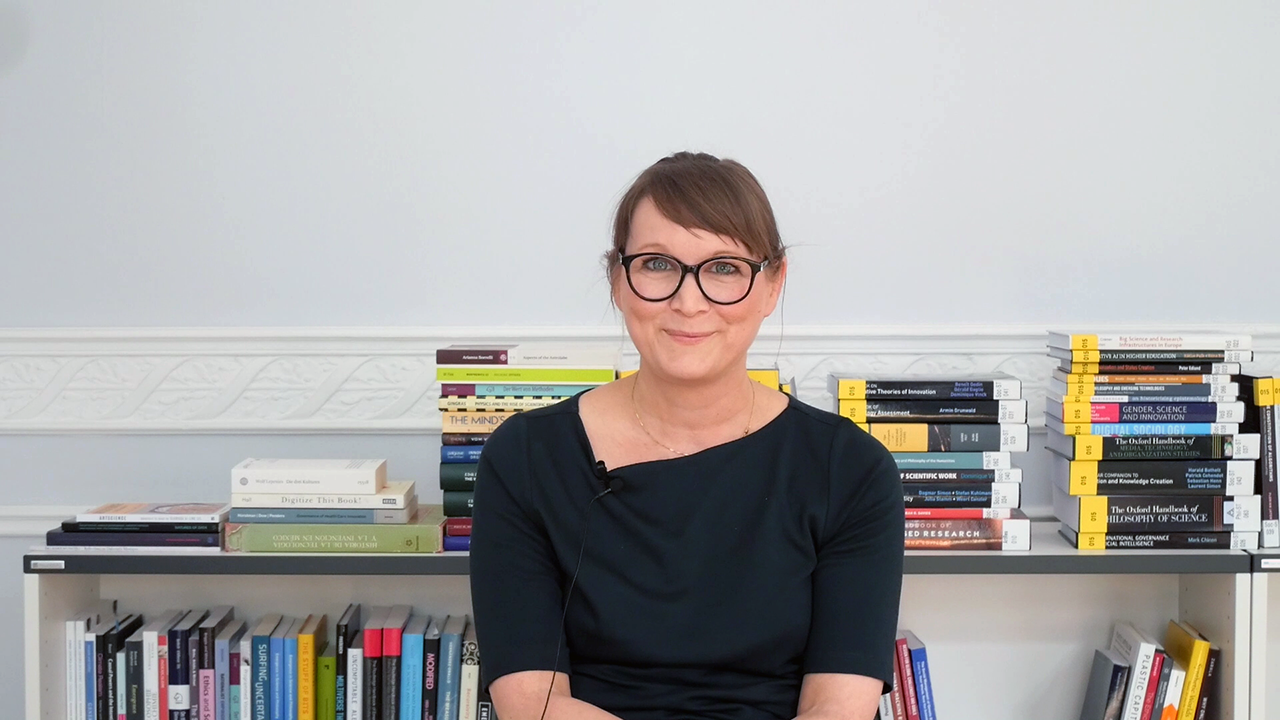
Get to know our current fellows and gain an impression of their research. In a new series of short videos, we asked them to introduce themselves, talk about their work at c:o/re and the research questions that fascinate them.
In this video, Daniela Wentz, a media scholar with a focus on media history, explores the history of artificial emotional intelligence through technologies developed for autism diagnosis and therapy. She examines how affective computing and social robotics draw on behavioral science and gamification, and re-narrates the role of autistic individuals as active agents within these experimental systems and their evolving technological histories.
Check out our media section or our YouTube channel to have a look at the other videos.
Get to know our Fellows: Ehsan Nabavi
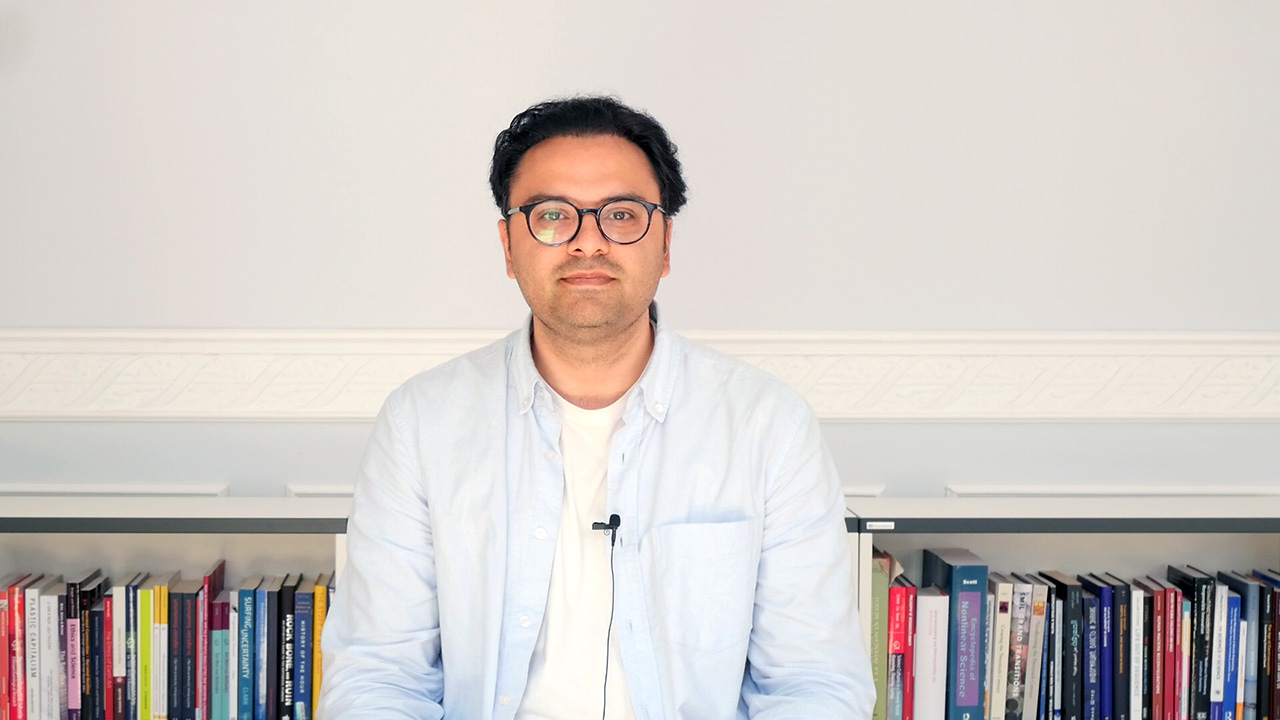
Get to know our fellows and gain an impression of their research. In a new series of short videos, we asked them to introduce themselves, talk about their work at c:o/re and the research questions that fascinate them.
In this video, Ehsan Nabavi, senior lecturer in technology and society at the Australian National University, reflects on the power of modeling in shaping decisions across science, society and governance and discusses how assumptions, values and imaginaries transform both the construction and the impact of system models. He emphasizes that understanding these social and political dimensions embedded within modeling is essential to fostering responsible innovation.
Check out our media section or our YouTube channel to have a look at the other videos.
Artistic Research Part 3: “The process can give depth to the final work, while the work can visualize the questions raised during the process”
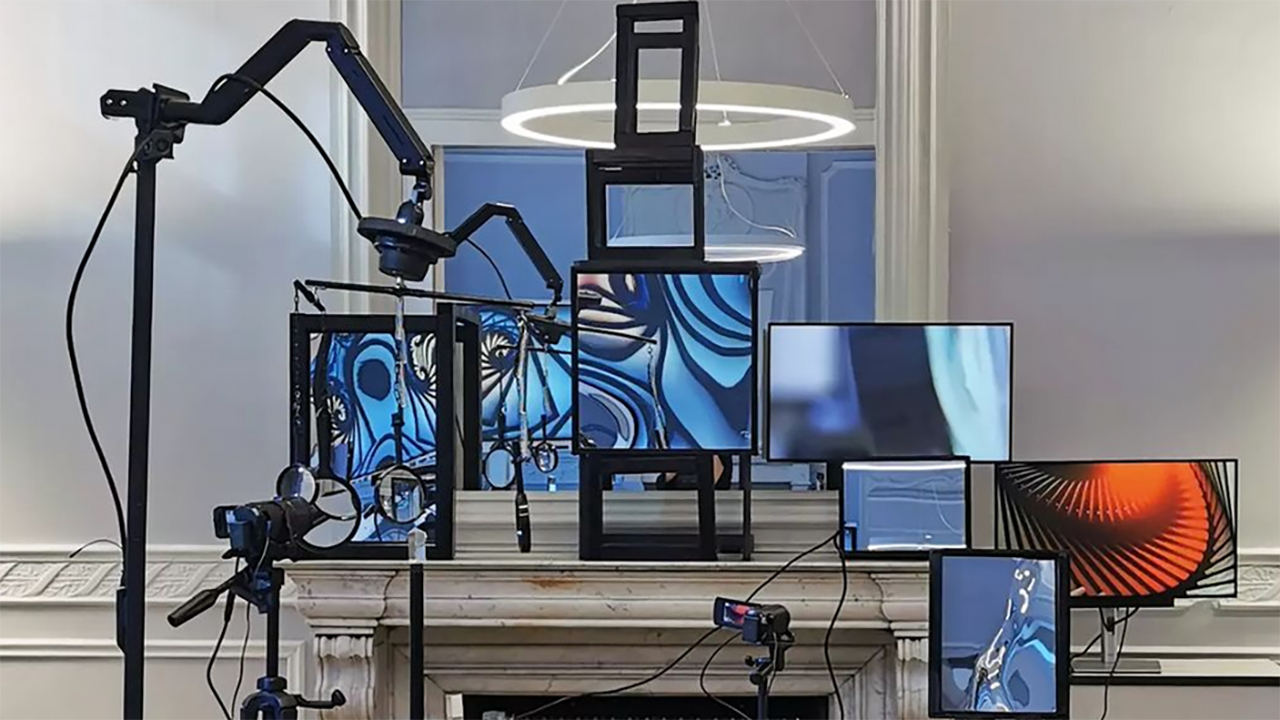
At the KHK c:o/re, the practice of artistic research has always been part of our research interests. For this reason, we invite fellows working closely with the arts in each fellow cohort. In the past four years, we have realized various projects in collaboration with art scholars and practitioners, and different cooperation partners, ranging from artistic positions in the form of performance, installation, discourse, and sound. Many of these events were part of the center’s transfer activities to make the research topics and interests visible, relatable, and tangible. In this sense, art can be seen as a translation for scientific topics. But the potential of the interaction between science and art doesn’t end there. Art is more than a tool for science communication, it is a research culture. Therefore, we ask the following questions: What kind of knowledge is generated in artistic production? How are these types of knowledge lived in artistic research? And, in combination with one of the central research fields of the center: To what extent are artistic approaches methodologies for what we understand as expanded science and technology studies?
To get closer to answering these questions, we talked to some of our fellows who are working closely with the arts and researching the connection between science and art. We want to find out about the epistemic value of artistic research, the methodologies and institutional boundaries of artistic research in an academic environment, and how they implement artistic research in their research areas.
In this edition of the interview series, we spoke to KHK c:o/re alumni fellow Masahiko Hara.
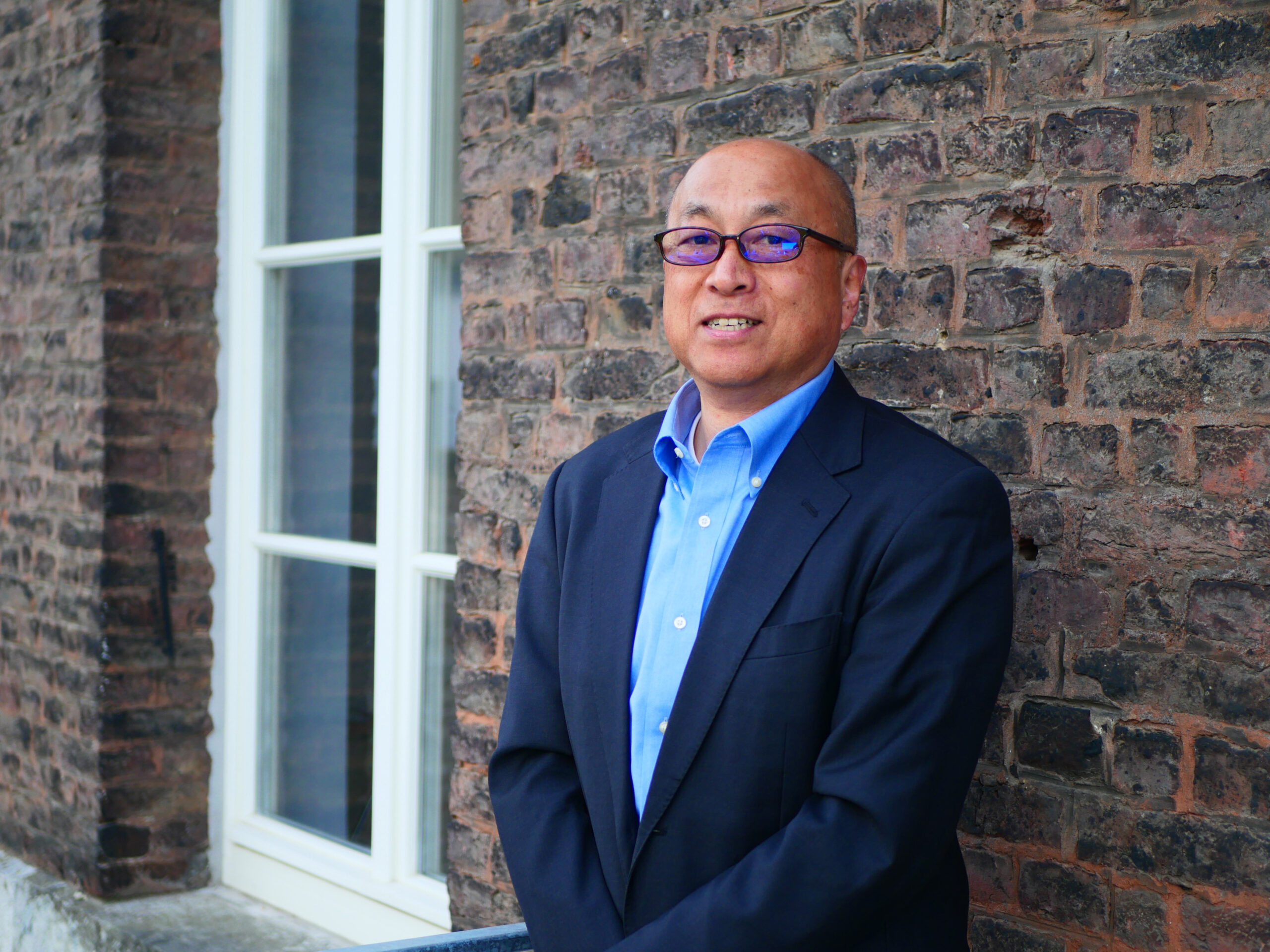
Masahiko Hara
Masahiko Hara is an engineer and Professor Emeritus of Tokyo Tech, Japan. His research interests are in the areas of Nanomaterials, Nanotechnology, Self-Assembly, Spatio-Temporal Fluctuation and Noise, Ambiguity in Natural Intelligence, Bio-Computing, Chemical Evolution, Origins of Life, and Science and Art Installation.
KHK c:o/re: What do you think is the epistemological value of artistic research?
Masahiko Hara: Artistic research expands the diversity of “knowing” by exploring sensory and embodied experiences, as well as aspects of “tacit knowledge” that are difficult to verbalize. It offers an alternative approach to phenomena that cannot be fully grasped by the theories and data-driven frameworks centered on “explicit knowledge”, which are prioritized in contemporary science and technology.
Historically, philosophy and physics (here referring to the natural sciences) were two sides of the same coin. However, as they developed separately in the 20th century, there arose a need for a new metaphysics — a kind of metaphysical translation that could bridge the gap. I believe this is where the value of artistic research lies:
- Contribution to diverse forms of knowledge
- Reframing how questions are asked
- Critically reflecting on how we know
- Emphasizing experience and relationality
What specific methodologies are used in artistic research? Can you give an example?
Certainly, I believe the science-art installation experiments we are conducting represent a cutting-edge methodology in artistic research. Other examples include performances, participatory projects, and experimental creations using bio-materials, for example.
I have conducted “scientist-in-residence” projects that explore experimental creation at the intersection of science and art — such as computation using slime mold amoebas and experiments on crowd psychology and social group dynamics. Each of these projects is still in a “prototype” phase, but I feel that this very process of trial and error itself constitutes a new methodology.
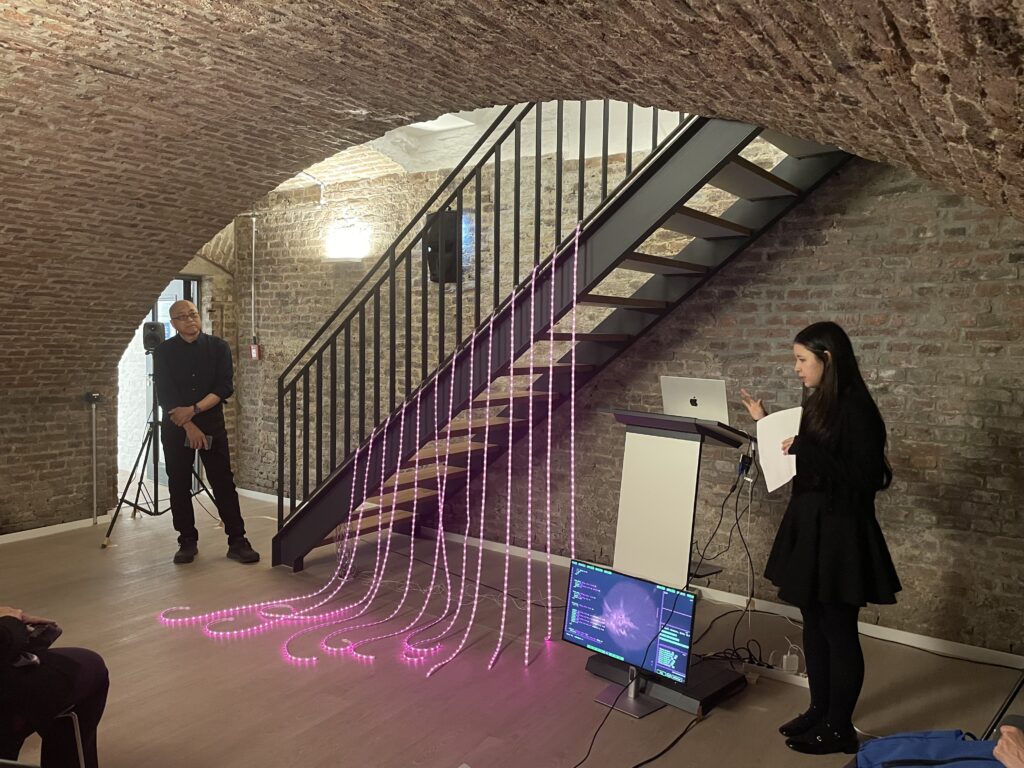
How do product-oriented art forms such as exhibitions or installations differ from process-oriented approaches to art? Is there a hierarchy? How do these approaches influence each other?
Product-oriented approaches focus on a “finished form” to be delivered to the audience, while process-oriented approaches value the creative process and trial-and-error itself (I think installations are not categorized in the product-oriented art, but rather process-oriented). There is no hierarchy between the two; rather, they are complementary. The process can give depth to the final work, while the work can visualize the questions raised during the process. Interestingly, from my viewpoint, both science and art today, established in the 20th century, have product-oriented tendencies. In both cases, it’s about delivering something complete — whether a published paper or a finished artwork — to the audience.
What is also notable is that in Asian ways of thinking, there tends to be a greater appreciation for the effort and process leading up to a goal, rather than just for “winning” at the Olympics or World Cup, for example. Unfinished processes, or those not yet reaching a goal, can themselves generate new value, especially in the form of installation experiments in both science and art. In this sense, when we talk about “mutual influence”, I believe that the idea of “incomplete completeness” in both product-oriented and process-oriented approaches could be coupled and give rise to new forms of emergence.
Is there a specific aesthetic that characterizes artistic research? Like trends or movements?
I think the aesthetics of artistic research lie in its attitudes, such as reexamining how questions are framed and embracing uncertainty. As for trends, I believe artistic research challenges the very foundation of aesthetics itself: it prompts us to ask what beauty is, whether universal beauty exists, and so on. In both science and art, within the larger environment of the universe we inhabit, the pursuit of true beauty and exploration of its methodologies is becoming increasingly relevant.
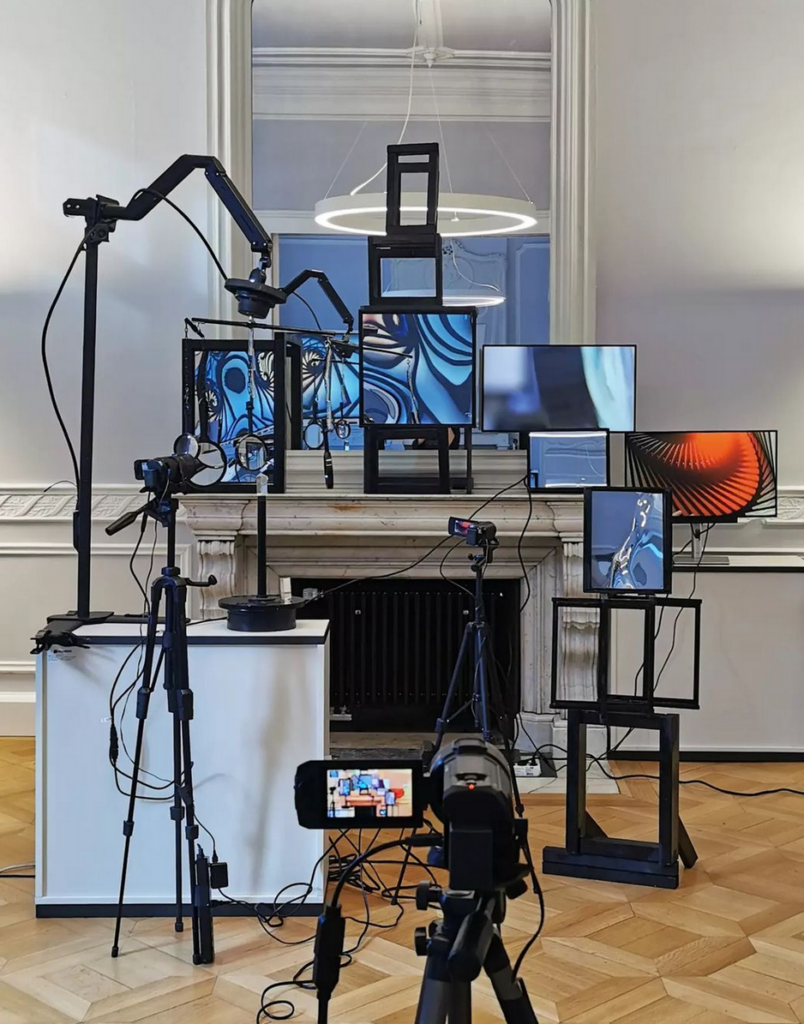
What are the problems and challenges of artistic research in an academic environment?
Some problems and challenges include the mismatch between evaluation criteria in science and art, the difficulty of “making outcomes visible,” and the gap between academic and artistic modes of expression. The open-ended, tacit nature of artistic processes often conflicts with the demand for codified, explicit knowledge in academic evaluation systems.
However, I believe that this very sense of “discrepancy” is one of the most important issues. It is precisely because this friction exists that artistic research, especially of a metaphysical nature, becomes meaningful.
What does “experimenting” mean in the case of artistic research, perhaps in contrast to the usual scientific methods?
In science, experiments emphasize reproducibility and control. In contrast, in artistic research, an experiment is an “open-ended attempt” that unfolds through unexpected discoveries, chance, and relationships with observers. Failure, deviation, and ambiguity are also essential components. Both fields involve emergence, but to exaggerate slightly, scientific experiments aim to discover phenomena and possibilities that already exist in the universe, whereas experiments in artistic research may invent phenomena and possibilities that have never existed before. They may offer answers that cannot be generated by machine learning and big data.
Do art and science have different forms of knowledge production?
Yes, unfortunately, based on the developments of the 20th century, the answer is currently yes. Science has sought universal knowledge through analysis and systematization, while art has produced individual, experiential forms of knowledge. The former values reproducibility, while the latter considers identical outcomes by different people to be banal. This again mirrors the divide between philosophy and physics. That said, while the two differ, they are fundamentally complementary forms of knowledge.
One interesting point is that artworks sometimes grasp truths that science has not yet addressed. Artists often aren’t aware they are engaging with scientifically significant perspectives. Conversely, scientists often don’t believe that artists are doing such things. Our goal, through our science-art installation experiments, is to repair and bridge this gap or missing link, reconnecting philosophy and physics into a healthy and cyclical relationship.
Artistic Research Part 2: “[A]rt and science are not distinct domains, but are intertwined practices”

At the KHK c:o/re, the practice of artistic research has always been part of our research interests. For this reason, we invite fellows working closely with the arts in each fellow cohort. In the past four years, we have realized various projects in collaboration with art scholars and practitioners, and different cooperation partners, ranging from artistic positions in the form of performance, installation, discourse, and sound. Many of these events were part of the center’s transfer activities to make the research topics and interests visible, relatable, and tangible. In this sense, art can be seen as a translation for scientific topics. But the potential of the interaction between science and art doesn’t end there. Art is more than a tool for science communication, it is a research culture. Therefore, we ask the following questions: What kind of knowledge is generated in artistic production? How are these types of knowledge lived in artistic research? And, in combination with one of the central research fields of the center: To what extent are artistic approaches methodologies for what we understand as expanded science and technology studies?
To get closer to answering these questions, we talked to some of our fellows who are working closely with the arts and researching the connection between science and art. We want to find out about the epistemic value of artistic research, the methodologies and institutional boundaries of artistic research in an academic environment, and how they implement artistic research in their research areas.
In this edition of the interview series, we spoke to KHK c:o/re fellow Hannah Star Rogers.
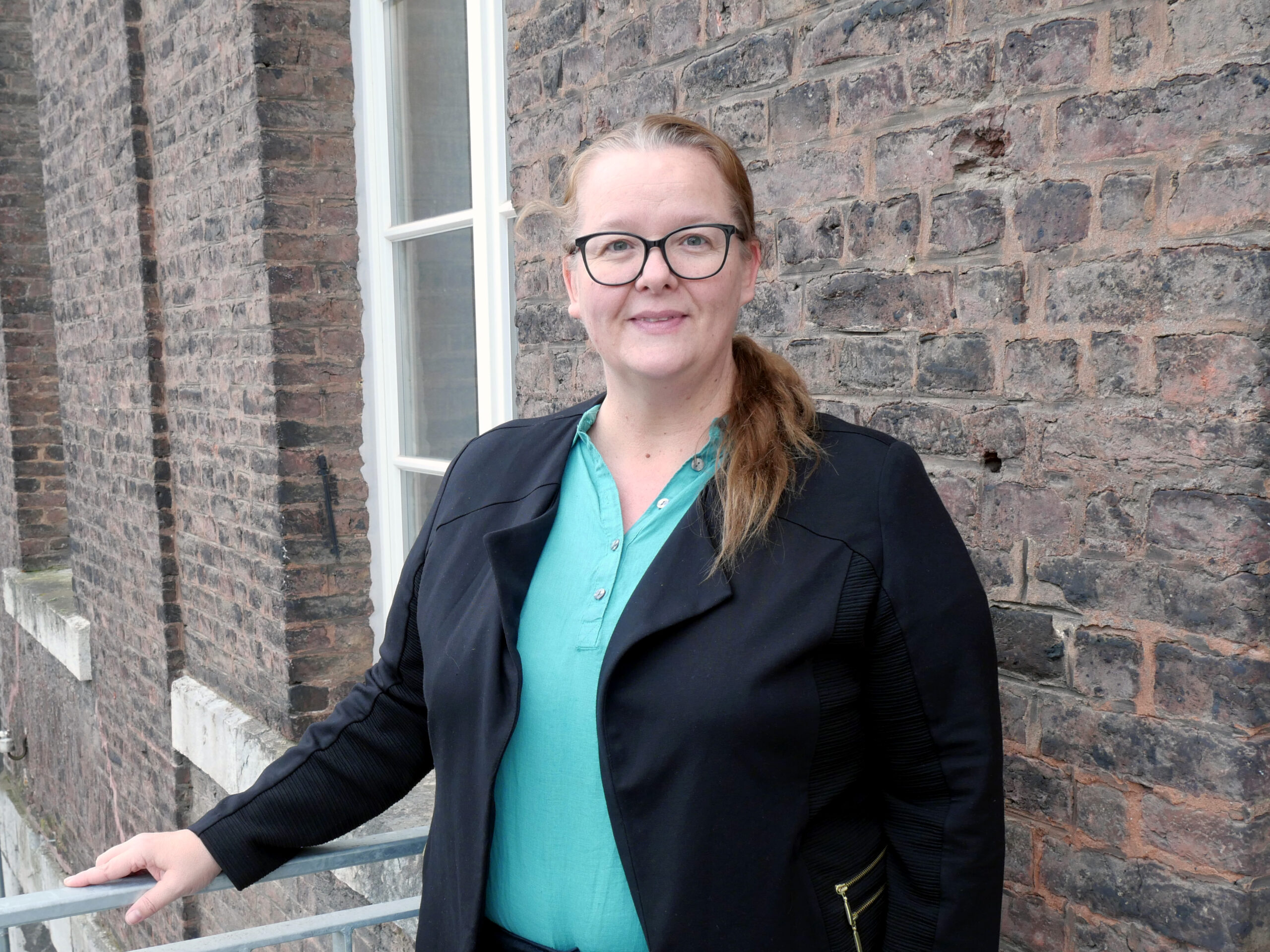
Hannah Star Rogers
Hannah Star Rogers is a scholar, curator, and theorist of art-science. She does research on the knowledge categories of art and science using interdisciplinary Art, Science, and Technology Studies (ASTS) methods.
KHK c:o/re: What do you think is the epistemological value of artistic research?
Hannah Star Rogers: Epistemology asks: What counts as knowledge? How is knowledge produced? How do we justify what we believe to be true? Who gets to decide what is valid knowledge? These are fundamental concerns of STS, and they have been the driving force behind my interest in considering the relative power of art and science, in order to understand how these groups have persisted in knowledge production. It should be said that I have in mind the large tent of STS knowledge production, which can include things like aesthetic knowledges. Artistic research holds significant epistemological value by contributing to knowledge production in ways that are often overlooked. In my book Art, Science, and the Politics of Knowledge (2022), I try to offer a perspective on the epistemological value of artistic research. Drawing from Science and Technology Studies (STS), I argue that art and science are not distinct domains but are intertwined practices that both produce knowledge through shared methodologies such as visualization, experimentation, and inquiry.
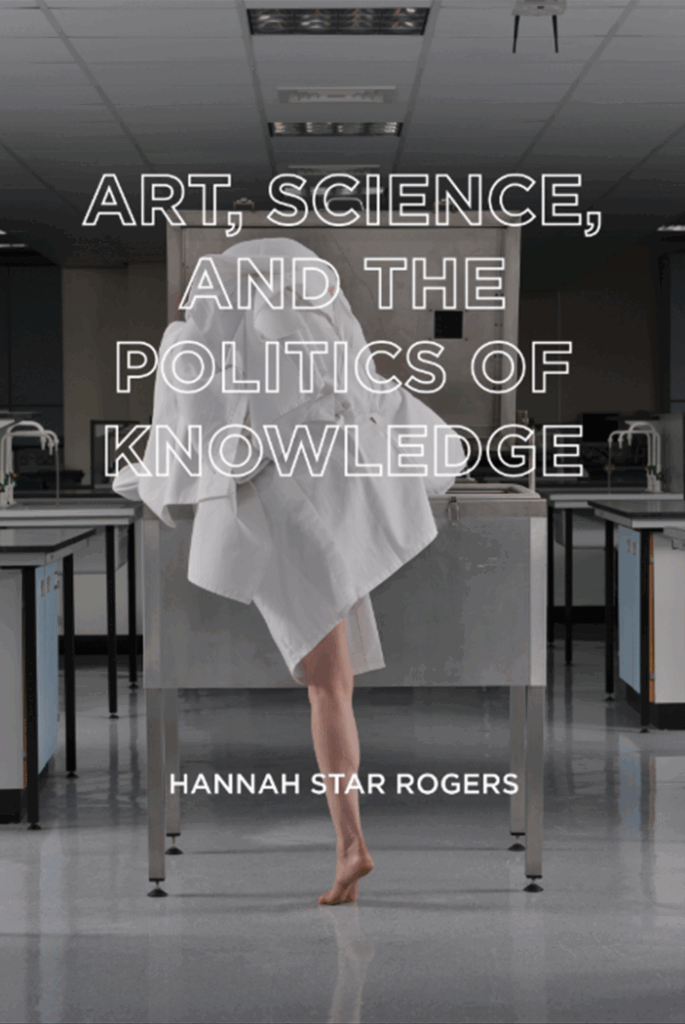
I have a particular interest in liminal objects, like the Blaschka glass marine models or Berenice Abbott’s illustrative science photographs, because they belong to both art and science networks at different times and places. Another phenomenon I’ve been interested in for what it might tell us about art and science as knowledge-making communities are intentionally hybrid art-science practices, like bioart. Their status is different but they can also help us think about STS concerns like expertise, boundary-making, and disciplinary zoning. It’s hardly news that context changes meaning, but these liminal objects are a chance to think about how people construct those meanings by invoking materials and rhetorics.
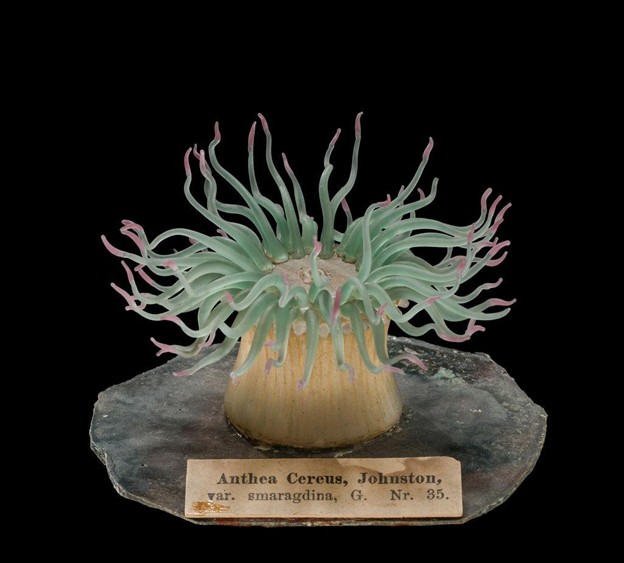
These liminal objects challenge traditional dichotomies between art and science, suggesting that these categories are socially constructed labels that order our understanding of knowledge. Building on the work of Latour and Woolgar, combined with Howard Becker, we can observe that both art and science function as networks that produce knowledge, often overlapping in their practices and outcomes. By examining the intersections of art and science and studying the works of other ASTS scholars, I observe the complex and collaborative nature of knowledge-making in art and in science. This leads me to a position of advocacy which is beyond the scope of ASTS and intersects more with my role as an art-science curator: I want to advocate for a more inclusive understanding of how an expanded understanding of what knowledge is and how it is produced, validated, and experienced.
What specific methodologies are used in artistic research? Can you give an example?
Art methods are many, but most projects involve the discovery of new processes and methods. It is easy to remark that scientists set out their methods first, but in fact, especially in the case of groundbreaking research, they often must discover the method by which to produce, reproduce, and capture data about a phenomenon. Method-making is a central part of the efforts of both artists and scientists.
Put another way, the work of artistic researchers covers many methods we are familiar with in STS, including historical and anthropological research, interviews with community members and experts, ethnographic observations, and philosophical reflections. At the same time, and I speak here about art-science, there are art processes which we tend to use less often: direct work with materials, a sensibility for offering the public an experience of the work (which often shapes choices from the beginning of artists’ processes), the duplication and hacking to standard protocols from within the sciences, and an openness to staying from our original methods. The final “product” may be an installation or performance or poetry, but often what is most revealing are the processes and decisions that shaped it. This recursive attention to method is itself a form of inquiry—and one that carries epistemological weight.
How do product-oriented art forms such as exhibitions or installations differ from process-oriented approaches to art? Is there a hierarchy? How do these approaches influence each other?
In my experience, behind the most interesting art-science projects are even more fascinating methods and processes. Showing methods and processes is a major interest of nearly all the artists (bioart, digital art, eco-arts, participatory/community arts) interviewees I have ever spoken to as part of my Art, Science, and Technology Studies (ASTS) research. It is worth noting that I particularly work with actors in art-science or art-science-technology but I believe that we would find this to be a wider pattern in other areas. A component of many contemporary artmakers’ work is to figure out how to convey their actions or the actions of others (be they communities, plants, microbes, scientists, or otherwise) through their work. Art-science curators often take up this same concern. We ask: how can we design an encounter that invites the public into the process? This can be complex, but it’s central to how we try to help audiences encounter the richness of artistic research. I’ve tried to explore some curators’ approaches to these issues in my forthcoming edited volume, What Curators Know, from Rowman & Littlefield, due out later this year. I also would argue for the need to create conditions that support open-ended artistic inquiry—akin to basic scientific research. Too often, artists are pressured to produce legible outcomes or results. But like scientists, artists should also be given space to ask difficult, speculative questions without immediate expectations of closure or utility. I have written a bit about basic artistic research (BAR) for the journal Leonardo because I believe much more needs to be done to offer artists the conditions under which they might work under the bluest skies possible, that is with open research possibilities like those that have traditionally been supported in basic scientific research.
Artistic Research Part 1: “[I]n an academic environment, […] practice-led research in the arts is still not fully recognized as eligible”
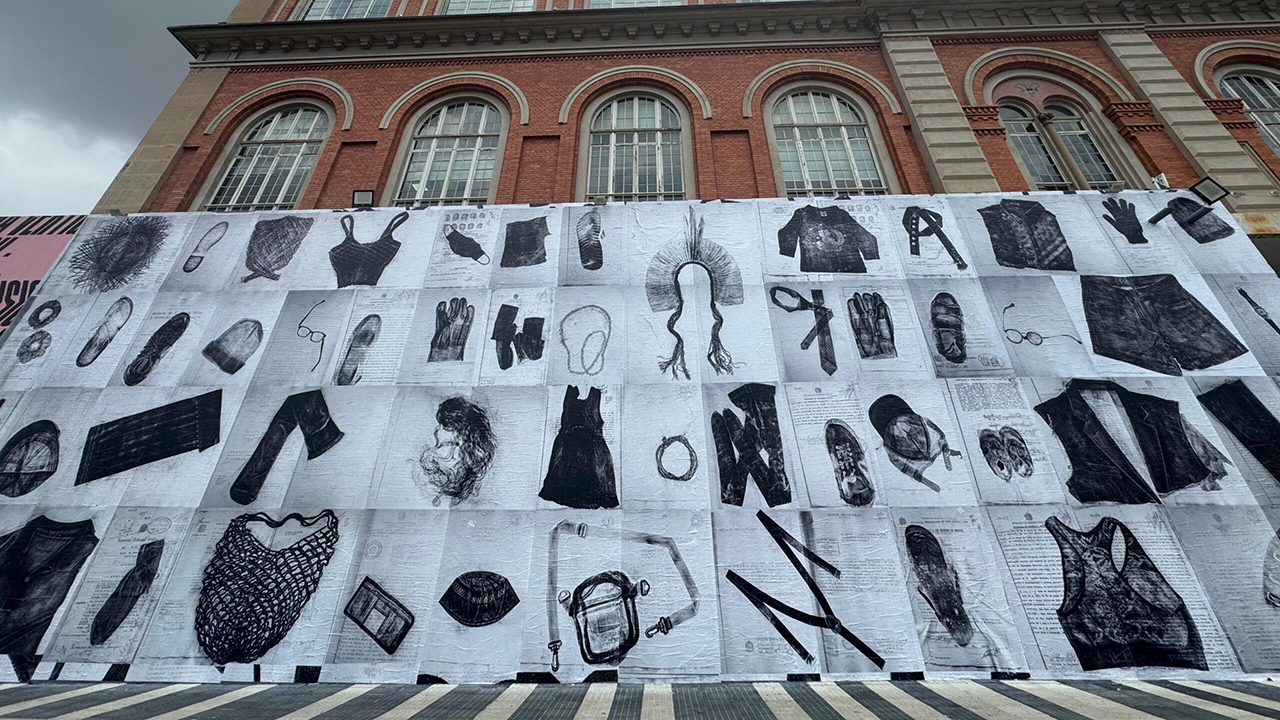
At the KHK c:o/re, the practice of artistic research has always been part of our research interests. For this reason, we invite fellows working closely with the arts in each fellow cohort. In the past four years, we have realized various projects in collaboration with art scholars and practitioners, and different cooperation partners, ranging from artistic positions in the form of performance, installation, discourse, and sound. Many of these events were part of the center’s transfer activities to make the research topics and interests visible, relatable, and tangible. In this sense, art can be seen as a translation for scientific topics. But the potential of the interaction between science and art doesn’t end there. Art is more than a tool for science communication, it is a research culture. Therefore, we ask the following questions: What kind of knowledge is generated in artistic production? How are these types of knowledge lived in artistic research? And, in combination with one of the central research fields of the center: To what extent are artistic approaches methodologies for what we understand as expanded science and technology studies?
To get closer to answering these questions, we talked to some of our fellows who are working closely with the arts and researching the connection between science and art. We want to find out about the epistemic value of artistic research, the methodologies and institutional boundaries of artistic research in an academic environment, and how they implement artistic research in their research areas.
In this first edition of the interview series, we spoke to KHK c:o/re alumni fellow Nathalia Lavigne.
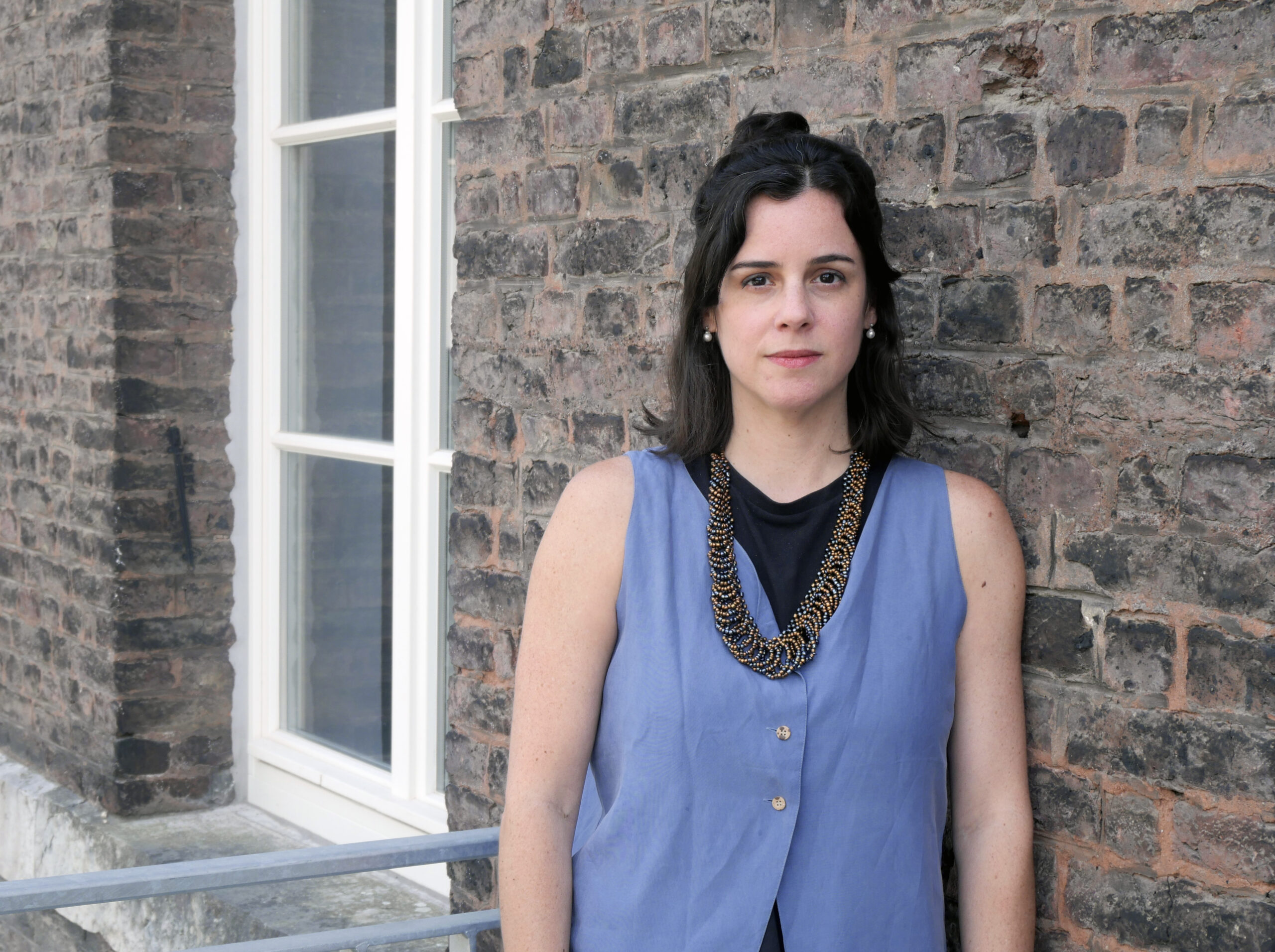
Nathalia Lavigne
Nathalia Lavigne [she/her] works as an art researcher, writer and curator. Her research interests involve topics such as social documentation and circulation of images on social networks, cultural criticism, museum and media studies and art and technology.
KHK c:o/re: What do you think is the epistemological value of artistic research?
Nathalia Lavigne: Artistic research and research-based art have become huge topics in the last two decades and some art historians have even suggested that there is an overabundance of these terms in contemporary art exhibitions in recent years. However, there are several epistemological values coming out of this approach. In general, it comes from combining knowledge from different fields, making them more visible outside of academia (in cultural spaces), and eventually contributing back to the respective field. This interconnectivity of knowledge can be valuable to academia by bringing new perspectives on objectivity and methodologies and providing more space for speculation and a more enjoyable way to absorb research.
What specific methodologies are used in artistic research? Can you give an example?
I can talk about some methodologies developed by artists I have worked with, either as a curator or when writing about their work. One example is the project (De)composite Collections, developed by Giselle Beiguelman, Bruno Moreschi, and Bernardo Fontes for the ZKM’s intelligent.museum residency in 2020. They analyzed the collections of two Brazilian museums through AI reading systems. Using these datasets, which were algorithmically processed with GANs (Generative adversarial networks), they questioned what other art histories might emerge from AI’s readings of the images and how these systems could contribute to understanding the gaze as a historical construct. Part of this methodology involved the development of a dataset organized by recurrent themes in Brazilian modernism, such as indigenous people, people of color, white people, and tropical nature. This work was also part of a project developed by students and faculty members at the University of São Paulo (USP), so it originated in an academic environment.
Is there a specific aesthetic that characterizes artistic research? Like trends or movements?
I would say that there are some characteristics that we can notice in the way these projects are formalized depending on the period. One that has been quite evident in recent years is the so-called “forensic aesthetics.” Popularized by artist and researcher Eyal Weizman, the term refers to a methodology used in art to explore the memory of places and objects as forms of testimony. This aesthetic has influenced artists working on topics such as repressed memory and collective amnesia in different contexts. One artist I have collaborated with as a curator is Rafael Pagatini, whose work addresses the memory of the Brazilian Civil-Military Dictatorship (1964-1985) in the present. In his process, he applies methodologies from both history and law, which affects how these memories are addressed (or omitted) from institutional archives.
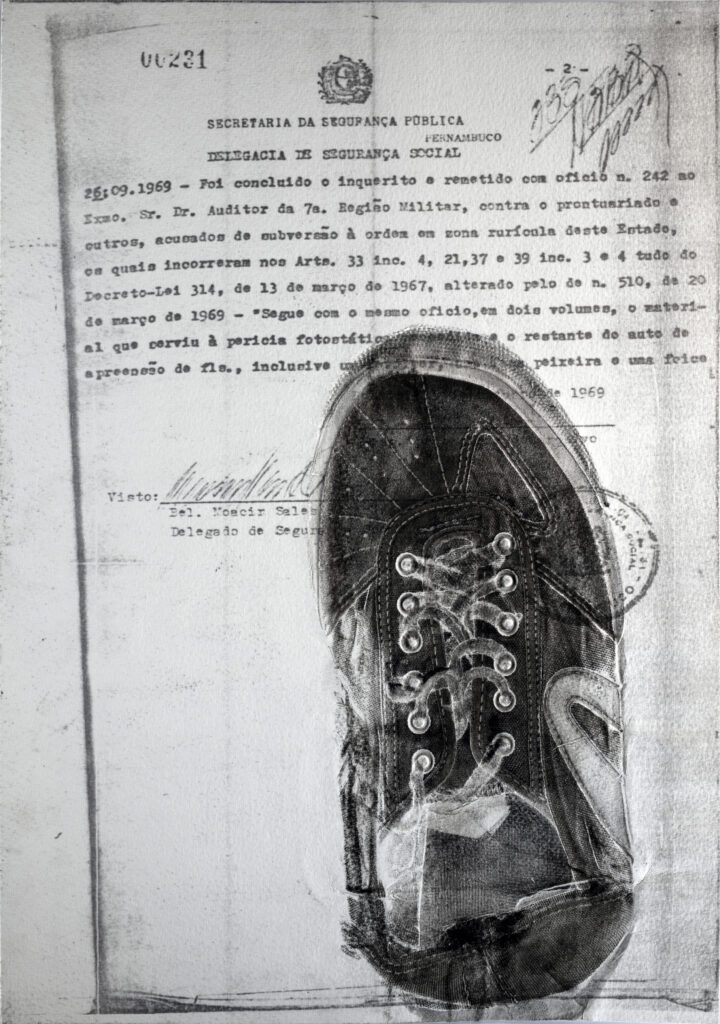
But there are also artists who have been collaborating with scientists long before this kind of artistic production was labeled “artistic research.” For example, since the 1990s, Eduardo Kac has developed projects with bioengineers, geneticists, and, more recently, astronauts and space agencies to create his space arts projects. In his case, the methodologies and the process of materialization vary greatly depending on each project.
What are the problems and challenges of artistic research in an academic environment?
In general, the challenges in an academic environment are that practice-led research in the arts is still not fully recognized as eligible for funding or career assessment procedures. But this has been changing, especially since the Vienna Declaration on Artistic Research co-written by different European associations in 2020. However, in countries from the Global South — or even in the US, where public funding for research is limited — this reality is very different. As I’ve heard from artists engaged in artistic research in Brazil, for example, the challenges are not so much in an academic environment but rather in the art system in general. As the Brazilian art system still largely revolves around the market due to the fragility of public institutions, research-based art finds it difficult to fit into a more commercial logic that prioritizes art objects that are less process-oriented.
Event Announcement: Talk by Professor Caspar Hirschi

On Wednesday, June 25, 2025, at 6:00 pm, Professor Caspar Hirschi from the University of St. Gallen will give a talk on “A child of the knowledge economy? On the history of the history of knowledge” (“Ein Kind der Wissensökonomie? Zur Geschichte der Wissensgeschichte”) in the KHK c:o/re lecture hall. The talk will be held in German.
Everyone is cordially invited to attend!
For further information and registration, please contact Sandra Dresia: dresia@histinst.rwth-aachen.de
Expanding Cultures of Research and Governance in the Innovation Era
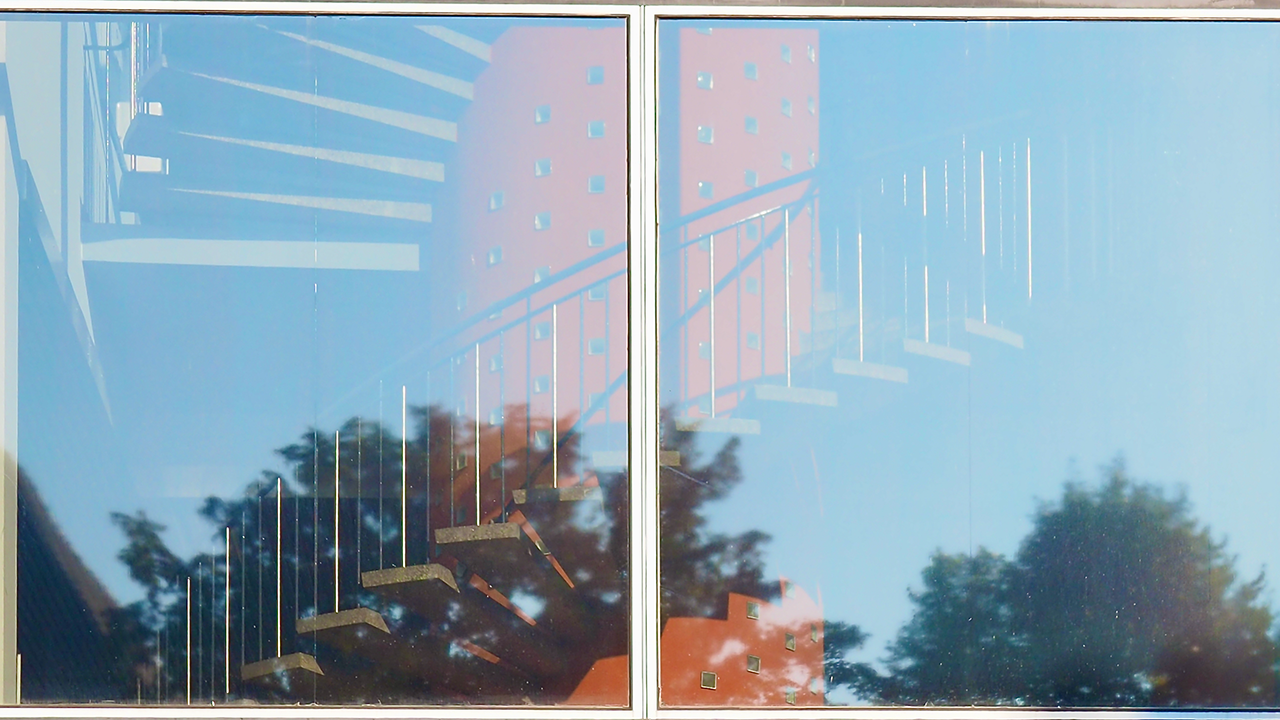
NINA FRAHM
My short-term fellowship kicked off with a KHK c:o/re workshop exploring the 2025 thematic field ‘expanded science and technology studies (STS)’. As Stefan Böschen explained at the beginning of the session, key questions guiding work in this field were how to study and make sense of increasingly hybrid forms of knowledge production in contemporary research and technological development. Expanding well beyond traditional cultures of science and engineering, research today reflects an imperative to integrate heterogeneous actors, diverse epistemic backgrounds and material practices, and a plurality of economic and political interests. On the one hand, this hybridization of research is driven by expectations for research to become more innovative – to produce new knowledge and technological tools at ever-greater speed and scale. On the other hand, it is a response to a crisis of scientific authority and narratives of technoscientific progress – producing corollary demands to democratize research through greater inclusion of society, stakeholders, and the wider public. During the workshop, we discussed different avenues through which STS can study, meaningfully engage in, and, perhaps, even contribute to critique of this trend and its dynamics. Might expanded forms of scientific and technological production also require expansion of analytical perspectives, methodological tools, types of collaboration, and vocabularies of critique in STS?
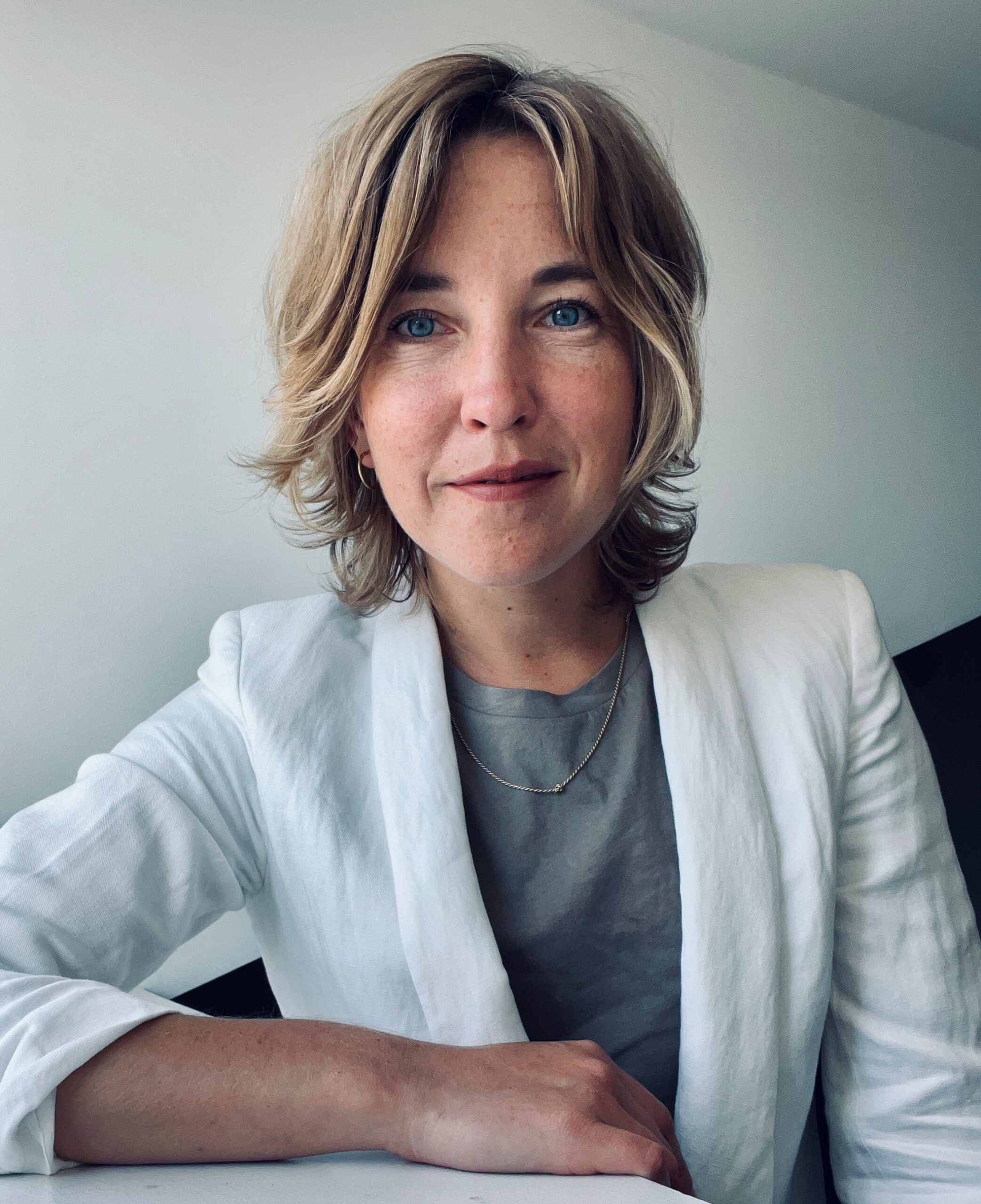
Nina Frahm
Nina Frahm is a postdoc at the Department for Digital Design and Information Studies, Aarhus University. Grounded in Science and Technology Studies (STS), she critically examines policies and governance approaches for innovation across countries, institutions, and technoscientific domains.
During my lecture at KHK c:o/re a few hours later, I argued that STS research into changing cultures of technoscience indeed should expand to studying equally important transformations in the governance of science and technology – in fact, changes in one rarely occur without changes in the other. My research over the last couple of years has closely followed recent shifts in the ways public policies frame the governance of technoscience, and in particular, which frameworks and instruments have been put into practice to achieve a greater inclusion of society in innovation processes. In the past, science and technology policy emphasized a ‘social contract with science’ and a hands-off, hidden role of the state in the production and governance of technological innovation1. Today, however, we witness governments and public institutions openly embracing innovation imperatives and policies to support the development of innovative technologies beyond science alone. Yet, promises on part of policy to achieve social progress and wellbeing through investments in innovation also face the challenge to legitimize public investments in high-risk, highly uncertain research and development. A key task for the ‘entrepreneurial state’2 is hence to produce visions of innovation as a res publica – a thing that can be produced and governed by society and according to its rules.
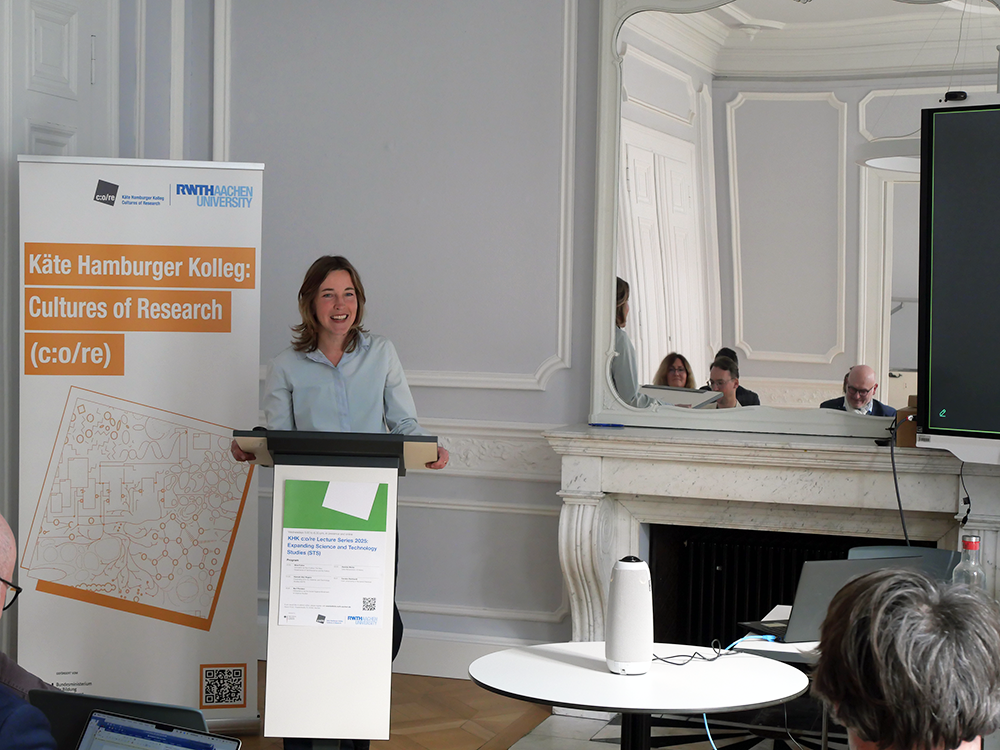
A new spirit of technoscience
The public turn to innovation in the 21st century is characterized by a ‘new spirit of technoscience’3 in which 20th century governance paradigms are turned upside down. Rather than following linear models of innovation, ‘techno-fix’ logics, and ideals for the self-governance of research and development, policies advance frames of technoscientific governance in which the public is given a key role to control innovation pathways and to fix potential problems for society upstream4. The new spirit advances a variety of frameworks to integrate the public in the development and governance of innovation, such as Bioethics, ‘Responsible Research and Innovation’, Open Science, or ‘Mission oriented Innovation’. Different tools are mobilized by policy to put such frameworks into practice, ranging from ethics committees and expert advisory boards to public engagement exercises, citizen deliberations, or co-creation processes, to name but a few.
While all these tools are geared toward ‘opening up’ technoscientific development and governance, each of them follows a particular idea of who the public is and why it should be included, how it can participate and be represented in technoscientific development and governance, through which means, and for what ends. As my research on the governance of emerging neurotechnologies5 and AI6 has shown, differences in governance frameworks and tools can be traced to culturally situated ideals of democracy that vary greatly across contexts. For instance, US approaches to innovation governance are marked by liberal-technocratic ideals of democracy as deliberations around new technologies are often delegated to experts from science, the law, or philosophy. Here, responsibility for good governance of innovation pathways is located within the individual researcher, engineer, and end-user. The EU, in turn, has experimented with more direct and deliberative forms of democracy in which the public participates directly in settling norms and principles and in which governance responsibility is collectivized along the entire innovation process, including public institutions, scientists, actors in R&D, entrepreneurs, as well as citizens. Whereas both approaches follow long-held scripts, or fictions7, of democratic procedures and practices, they also considerably re-order the relationship between publics and technoscience, particularly when it comes to the distribution of authority to reason on emerging technologies and to take decisions for their governance.

Repertoires for expansion
Expansions in the role of the state and public institutions in the production of innovation are, hence, closely related to expanding the governance of technoscience to new types of publics, forms of expertise, and practices rooted in situated imaginaries of democratic sovereignty and self-rule. To study this dynamic relationship between changing forms of technoscientific production and governance, STS offers the rich analytical language of ‘interactional co-production’ which has been tried and tested in numerous case-studies that illustrate the complexity and diversity of accommodations between science, technology, and society8. This analytical approach allows us to symmetrically trace how changes in the ways knowledge is produced and technology developed – in changing epistemic and material order – simultaneously reflect changes in democratic order regarding the power to reason on and govern science and technology in the name of society.
Such analysis encourages us to direct our critical eye beyond the discourses and practices of scientists and engineers to those places and settings which tend to be overlooked in public debates and appraisal of innovation, such as ethics advisory bodies or citizen panels. Next to interrogating their role in the co-production of socio-technical imaginaries, STS can expand analysis to conceptualizing their importance in re-producing imaginaries of democracy and in re-configuring them for the innovation era. As Jan-Peter Voß has argued, “a lot of more work is required to create robust links between empirical studies of how public engagement is conceptualized and done in various ways and the basic presuppositions and tenets of political theories describing specific ways of how ‘society’ or ‘the people’ as a whole become articulated and how the public speaks.”9 In a time where diagnoses of a ‘crisis of democracy’ are permeating the headlines and a shared sense of democratic values seems to be waning, such work is ever more important. But it can also feel uncomfortable as it contributes to further pluralizing, rather than stabilizing, taken for granted understandings of democracy and democratic practice. Doing this work requires institutional spaces that are open for expansion – spaces like KHK c:o/re where interdisciplinarity, curiosity, and intellectual courage are cultivated and cherished. In the workshop, during my lecture, and in different encounters with fellows, I have experienced how ‘expanded STS’ is not just a scholarly ambition but a mode of doing research and of thinking together that is already very much alive. And although every expansion has a limit, I look forward to further stretching it with colleagues at KHK c:o/re and beyond.

References
1 Pfotenhauer, S. M., and Juhl, J. (2017). Innovation and the Political State: Beyond the Myth of Technologies and Markets. In Critical Studies of Innovation: Alternative Approaches to the Pro-Innovation Bias, edited by Benoît Godin and Dominique Vinck, 68–94. Cheltenham, England: Edward Elgar. 68–94. https://doi.org/10.4337/9781785367229.00012 .; Block, F. (2008). Swimming Against the Current: The Rise of a Hidden Developmental State in the United States. Politics & Society, 36(2), 169-206. https://doi.org/10.1177/003232920831873
.
2 Mazzucato, M. (2018). The entrepreneurial state. Penguin Books.
3 Doezema, T. and Frahm, N. (2023). The New Spirit of Technoscience: Reformulating STS Critique and Engagement. Journal of Responsible Innovation, Vol. 10(1). doi: 10.1080/23299460.2023.2281112
4 Frahm, N., Doezema, T., & Pfotenhauer, S. (2021). Fixing Technology with Society: The Coproduction of Democratic Deficits and Responsible Innovation at the OECD and the European Commission. Science, Technology, & Human Values, 47(1), 174-216. https://doi.org/10.1177/0162243921999100.
5 Frahm, N. (2022) Soft Constitutions: Co-producing Neuro-Innovation and Society in the US, EU, and OECD. PhD Dissertation, Technical University Munich.
6 Frahm, N. and Schiœlin, K. (2023) Toward an ‘Ever Closer Union’: The Making of AI-Ethics in the EU. STS Encounters, Vol. 15(2).
7 Ezrahi, Y. (2012) Imagined Democracies: Necessary Political Fictions. Cambridge: Cambridge University Press.
8 Jasanoff, S. (2005) Designs on Nature: Science and Democracy in Europe and the United States. Princeton & Oxford: Princeton Unviersity Press; Laurent, B. (2022) European objects: the troubled dreams of harmonization. Cambridge, MA: The MIT Press; Parthasarathy, S. (2017). Patent Politics: Life Forms, Markets, and the Public Interest in the United States and Europe. Chicago: University of Chicago Press. https://doi.org/10.7208/9780226437996.
9 Voß, Jan-Peter (2019) Re-making the modern constitution: The case for an observatory on public engagement practices. In: Simon, D., Kuhlmann, S., Stamm, I., Canzler, W. (eds.) (2019): Handbook of Science and Public Policy. Cheltenham: Edward Elgar.
Event Announcement: Aachen AI Week 2025
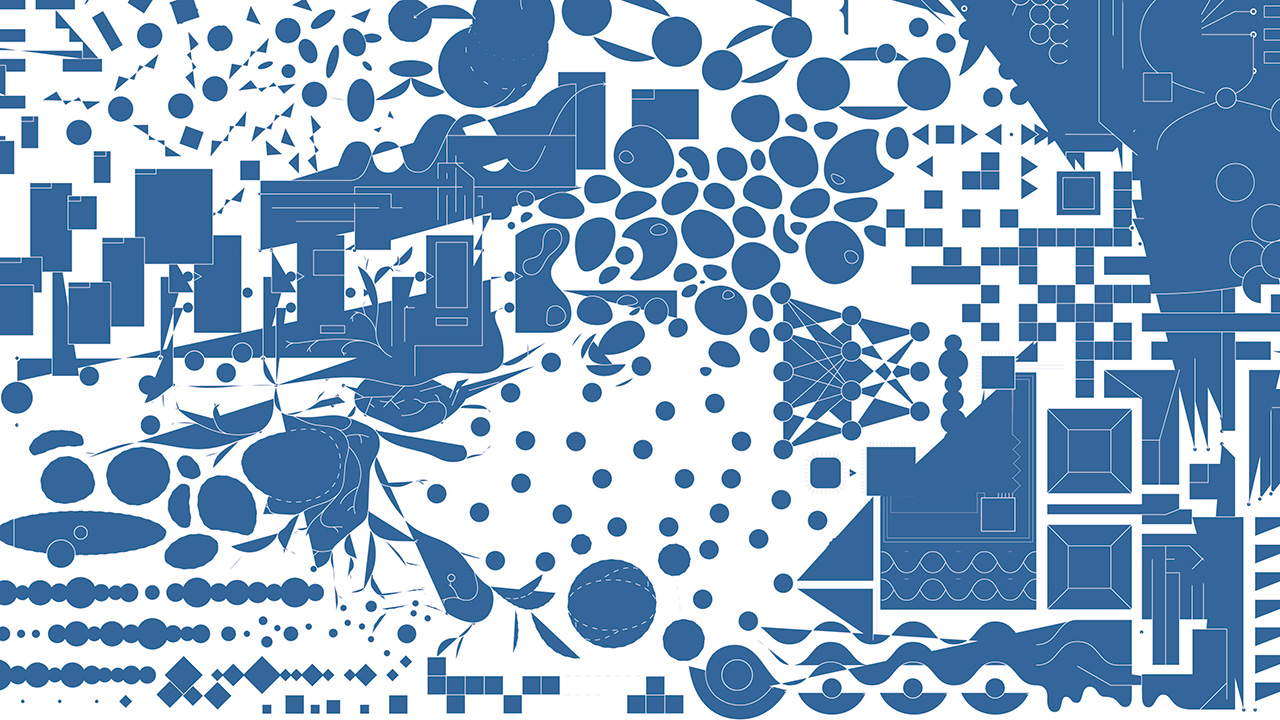
Next week, from May 19 to 23, the Aachen AI Week 2025 will take place, organized by the Center for Artificial Intelligence (AI Center) at RWTH Aachen University.
Make sure you don’t miss the many different activities: For example, the discussion “AI & Diversity” on Wednesday, May 21 from 6 to 8 pm in the OecherLab, moderated by KHK c:o/re director Gabriele Gramelsberger.
AI experts such as Saskia Nagel and Holger Hoos will discuss how Artificial Intelligence (AI) is changing our society and how we can shape a fair future with AI.
More details about the event and the full program of the AI Week can be found on their website here.

